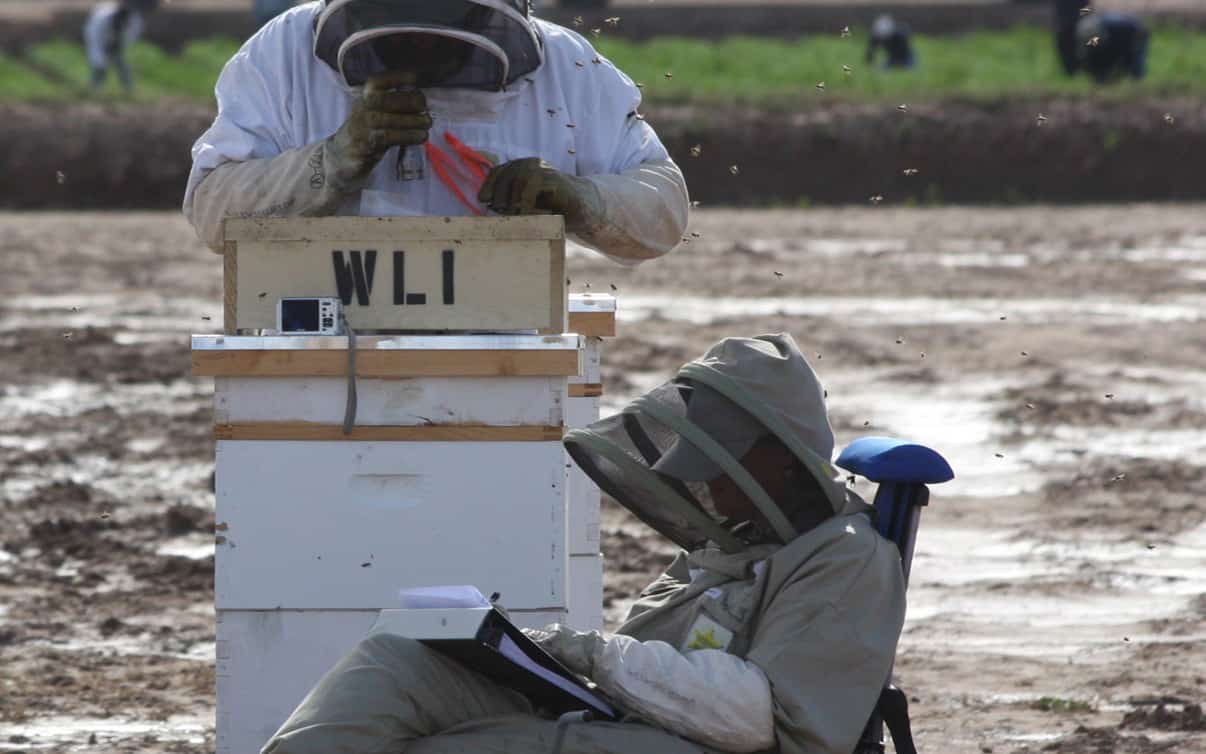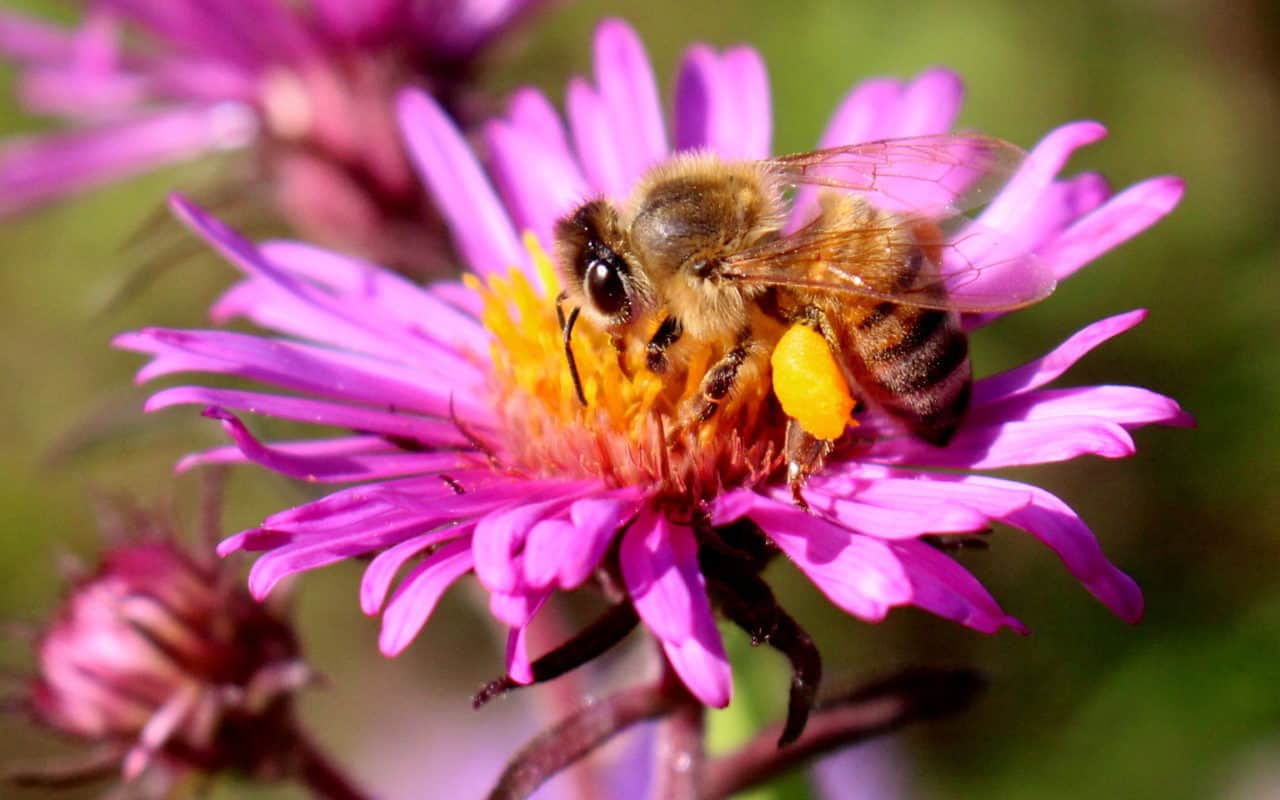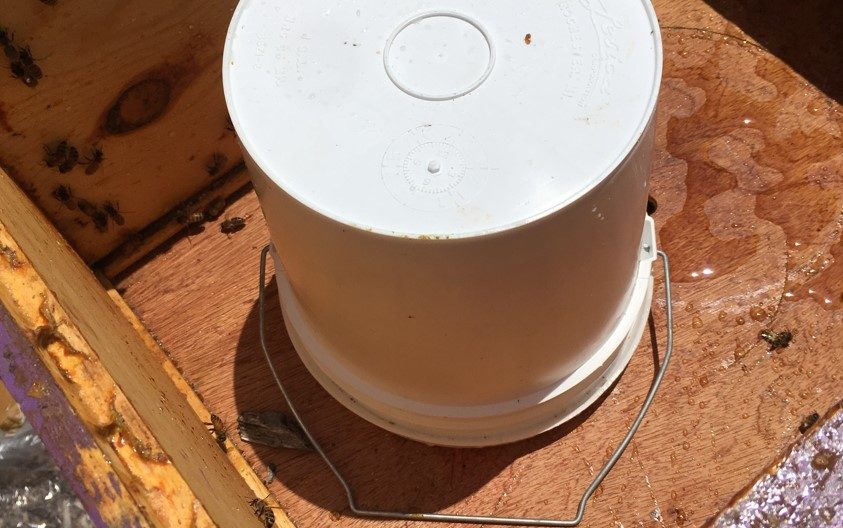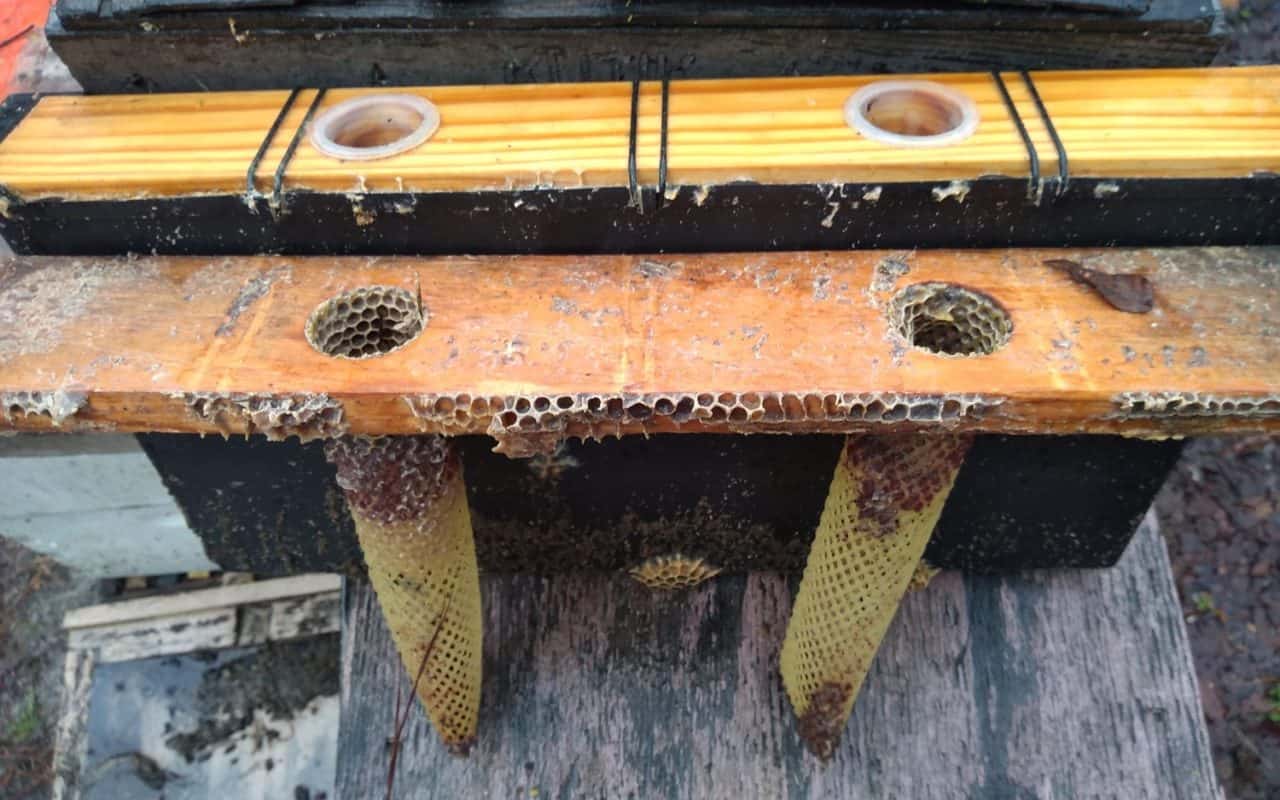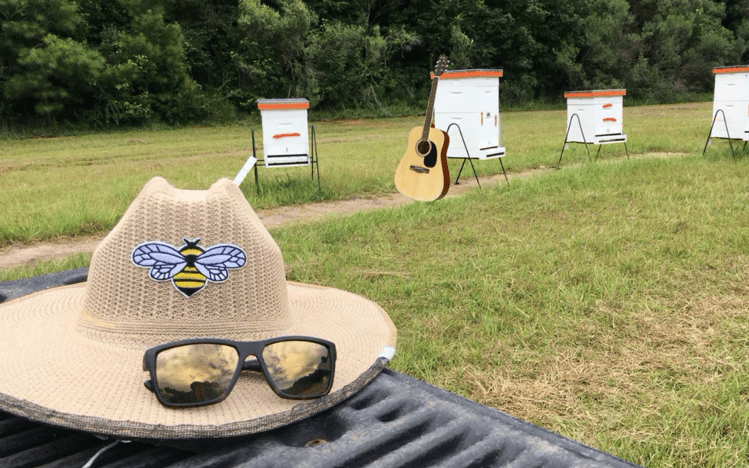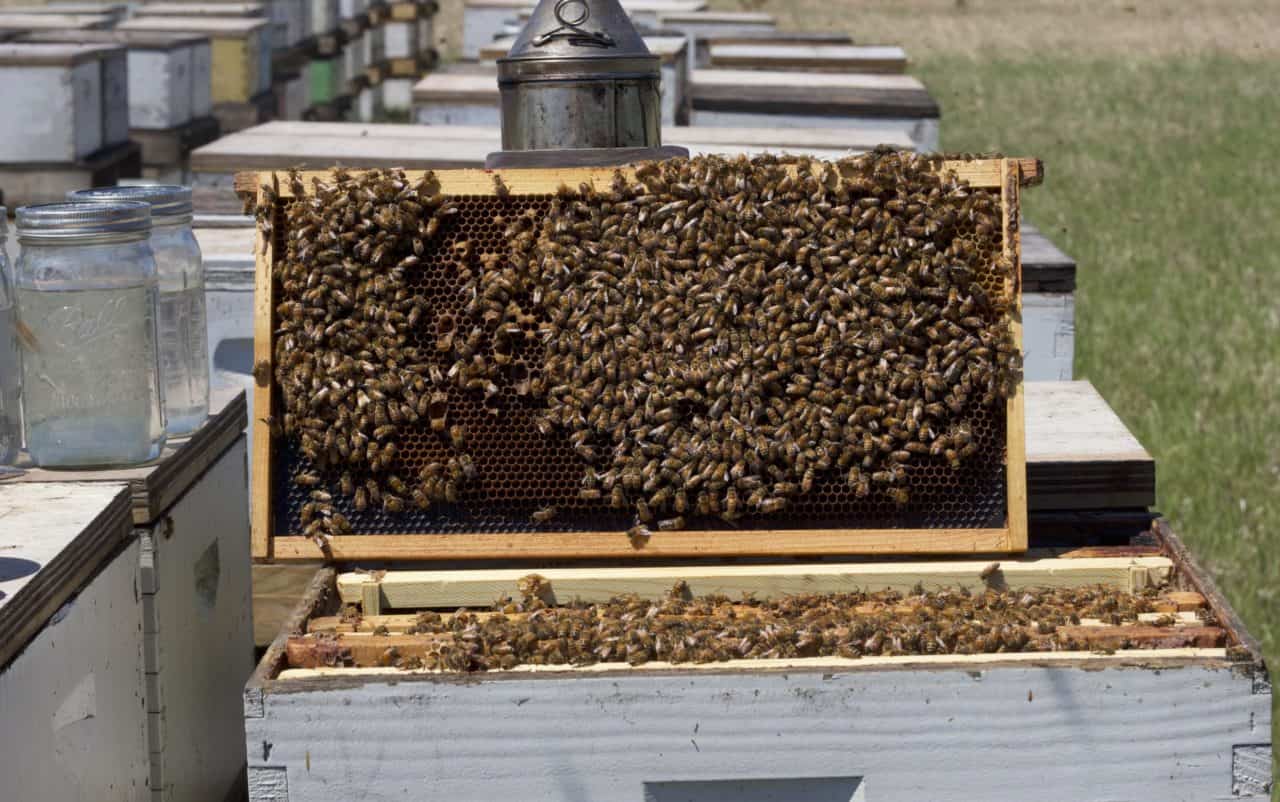Every January and February, commercial beekeepers from every corner of the country send their bees to the California Central Valley to participate in the largest pollination event in the world – the California almond bloom. We (BIP’s tech team field specialists) follow these beekeepers from our respective regions to California to assess colonies and collect samples in the almond orchards. Having all of us in the field at one time, looking at bees from every corner of the country, gives us the opportunity to assess the pulse of the industry. We are also able to observe firsthand the conditions on the ground during the almond…
Preliminary Results of the 2019-2020 National Honey Bee Colony Loss Survey
This week marks National Pollinator Week, a time when we celebrate all the diverse animals out there that contribute to pollination. The western honey bee, the species used across the country to support food production, to provide a natural sweetener, and to quite simply contribute to our leisure and free time, is among the most important of pollinators. To mark Pollinator Week, the Bee Informed Partnership (BIP) recently released the results of its 2019-2020 National Honey Bee Colony Loss Survey. Results revealed some interesting insights into the experiences of our honey bee colonies, and their keepers, across the country this past year. From April 1st,…
Investigating Bees Via Pollen Analysis
The Bee Informed Partnership is fortunate to be active in both the bee science and beekeeping world, which leads to a lot of opportunities for collaboration and applied research. One of the recent ways in which this collaboration has come to fruition is an exploratory study looking at the potential to use trapped pollen from honey bee colonies as a means to: 1) look at the presence of heavy metals in the environment, 2) assess the degree to which the available pollen was able to meet colony nutritional needs, and 3) use laboratory techniques to assess pollen richness and diversity throughout the bloom period. This…
Feeding Bees – Gravity Feeders
The best method for feeding bees is a topic that most beekeepers have an opinion about, and of course they are all right. In this previous post I discussed the pros and cons of frame feeders for in-hive feeding. In this post we’ll go through gravity feeders, which are the other type of commonly used feeders. Hopefully the information in these posts will give you confirmation that you are using the right method for you and your bees or inspire you to try something different. Gravity style feeders are placed on top of hives and as you may have guessed, use gravity (in balance with…
Feeding Bees – Frame Feeders
Like most beekeeping topics, beekeepers tend to have their preferences when it comes to how they feed their bees. The two most common types of feeders used in hives are the frame feeder and the bucket or can (gravity) feeder. Both types of feeders have their merits and potential pitfalls, and beekeepers who elect to use one over the other often feel strongly about the choice. By looking at some of the arguments for and against each type, beekeepers can make a more informed choice on what type will best meet their needs and their bees’ needs. This post will run through the good and…
An extra couple of days to complete the BIP survey?! Excellent!
The Annual Colony Loss and Management Survey is extended until May 8th! Please take advantage of this last opportunity to complete the online survey, and also: Tell your beekeeping friends to do the same. Every answer counts. Don’t you worry though, we are not delaying our results. Expect to see our press release with the preliminary numbers coming out mid May! If you have taken the survey already: Thank you! We encourage you to share our message: Take the Survey Today and support BIP’s long-term colony loss monitoring efforts. May you have a good day, Your Friends at Bee Informed Partnership
IT’S THE FINAL COUNTDOWN!
This just never gets old: “IT’S THE FINAL COUNTDOWN! DO DO DOO DOOOOOO. DO DO DODODO!” – Europe The Annual Colony Loss and Management Survey is closing on April 30th May 8th! Please take advantage of the last couple of days to complete the online survey and tell your beekeeping friends to do the same. Every answer counts. This is especially true because the participation rate is so far lower compared to previous years. To be fair, this year is different in so many ways, but we are in this together. Therefore, we encourage you to Take the Survey Today and support BIP’s long term…
Beekeeper’s Stewardship Practices and the Colony Loss Survey
How do beekeeper’s stewardship concepts relate to beekeeper beliefs and practices around Varroa management? That is the question asked by Christopher Thoms et. al. in their 2018 paper titled, "Beekeeper stewardship, colony loss, and Varroa destructor management" linked here. This study was based on data collected from the Bee Informed Partnership Loss and Management Survey, in collaboration with a team of environmental sociology experts from the University of Minnesota. They ask beekeepers about the advantages and disadvantages they see about managing for Varroa mites, and their motivations behind their treatment regimes. Two primary groups emerged, those whom we describe as Treatment Skeptics who avoid disturbing beehives…
You Support Science by Answering the BIP Loss and Management Survey
* This is a profile of a 2019 paper: Use of Chemical and Nonchemical Methods for the Control of Varroa destructor (Acari: Varroidae) and the Associated Winter Colony Losses in U.S. Beekeeping Operations The Bee Informed Partnership (BIP) Loss and Management Survey is open for your responses for the whole month of April. We would like as many beekeepers as possible to fill it in during the remainder of the month. Every year that you fill out the survey you are making a valuable contribution to science, and to our understanding of what is going on in beekeeping around the country. With that in mind,…
Latest Spring Fashion – Blue Pollen
Photo: Dan Wyns
Early spring can be a time requiring patience for beekeepers in northern locations. The weather can be volatile, but the occasional sunny days bring about bee activity. As a beekeeper it can be tempting to open hives and start digging around once you see some flight activity, but the reality is that you may end up doing more harm than good at this stage. Sometimes the best thing you can do as a beekeeper is leave them alone. If you really must do something bee related on a sunny spring day, try just observing the entrance and see what your bees are gathering. On a…

